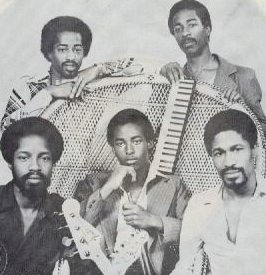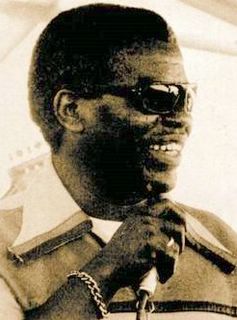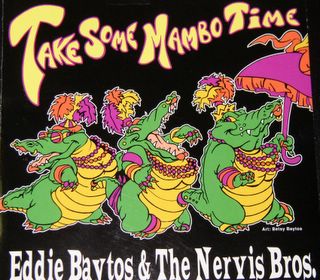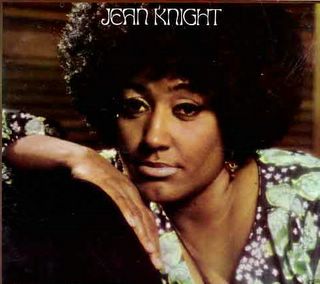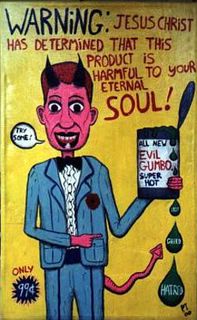The Emperor On Duke
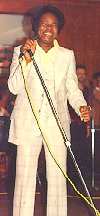
Emperor K-Doe at the center of the universe
"Gotta Pack My Bag" (Monley)
Ernie K-Doe, Duke, 1968
Packed it up
After recording nearly 20 mostly great sides for the Minit Records in the early 1960’s, including the #1 hit, “Mother-In-Law”, written and produced by Allen Toussaint, Ernie K-Doe was picked up by the Duke label out of Houston around 1965. As with his later Minit output, he didn’t score significant sales or airplay with his 10 or so Duke singles, other than short chart appearances by “Later For Tomorrow” and “Until The Real Thing Comes Along” in 1967. Some of his Duke sides were supposedly arranged by Willie Mitchell.
“Gotta Pack My Bag” is one of those lost Duke singles, an upbeat, funky piece of work with a James Brown influenced, insistent groove. K-Doe gets a chance to strut his stuff, scream a little, and have fun with the shout out the dance lyrics. As to who’s in the band, or if the track was recorded in Houston, New Orleans, or Memphis (which I doubt), I haven’t a clue. But, it doesn’t really matter when a groove is a groove.
His association with Duke ended in 1970, after which he worked with Toussaint again on an unsuccessful album for Janus and pretty much dropped from the national music radar for rest of his days, save for the continued popularity of his one hit on oldies stations. In his hometown, however, he remained a dedicated character and performer, becoming in time the proprietor of the world famous Mother-In-Law Lounge (along with his wife and her mama) and self-professed and unopposed Emperor of the Universe. Although he passed on in 2001, through the aid of an uncanny stand-in mannequin, he continues to officiate at local events and parades, and receive visitors at the lounge.





